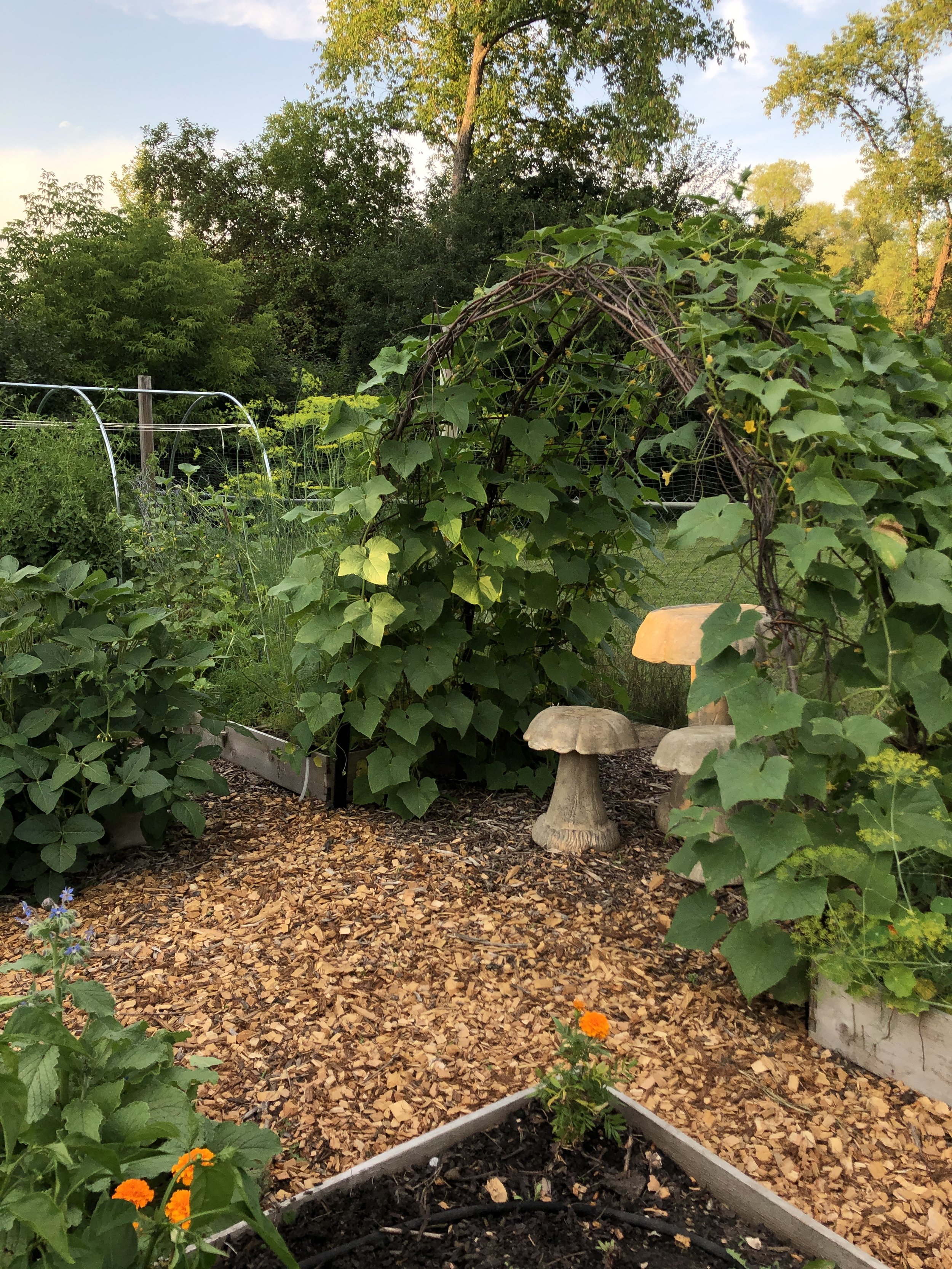As the weather starts to warm, we know that the return of spring also means the return of lawn-care season, with the opening act typically being an onslaught of dandelions in your yard. If you have kids in your life, you know they love these flowers, and give them by the fistful as heartfelt gifts. But we adults tend to suffer from the inevitable “keeping up with the Joneses” syndrome as we try to match our grass to the beautifully carpeted lawns of our neighbors. Well, here’s a fix that could please both you and the kiddos:
Stick a “Bee-Friendly Yard” sign in your yard and let the “weeds” grow. [applause and cheers welcome]
You can tend your yard while allowing a mixture of flowering plants to grow among your turf, such as dandelions, chickweed, wild violets and clover. These plants are one of the earliest available sources of nectar for bees in the spring. Letting them grow is not laziness; it’s the bee-safe yard movement. This movement:
Avoids pesticide use and strives to provide bee-friendly plants and habitats
Protects and sustains populations of bees and other pollinators
Reduces the devastating effects chemical fertilizers and pesticides have on the rest of the ecology
Provides a food source for bees who are on the hunt for food after a long winter hibernation. Having an adequate food supply – which is difficult in urban and suburban areas because of our large “crops” of concrete and mowed grass – is what helps hives survive and thrive in the early spring.
A note on lawn fertilizers
Besides reducing plants that are beneficial to pollinators, “weed ‘n’ feed” products and chemicals used with home lawn care services have many adverse effects. For one thing, they damage the beneficial organisms in the soil, causing more problems and creating an ongoing need for re-application. Furthermore, they are some of the most potent and toxic substances you can buy legally in this country!
Of 30 commonly used lawn pesticides:
19 are linked with cancer or carcinogenicity
13 are linked with birth defects
21 are linked with reproductive effects
26 are linked with liver or kidney damage
15 are linked with neurotoxicity
11 are linked with disruption of the endocrine (hormonal) system
Of those same pesticides:
17 are detected in groundwater
23 have the ability to leach into drinking water sources
24 are toxic to fish and other aquatic organisms vital to our ecosystem
11 are toxic to bees
16 are toxic to birds
You can be the start of the change in your neighborhood by putting up that “bee safe lawn” sign, happily balancing pride in ownership with mindful practice. My hope is that we could all be more like my daughter when she was three (pictured above), who saw spring’s first dandelion in bloom and ran to it, exclaiming, “What a beautiful flower! My new favorite color is yellow because it’s so bright!”












